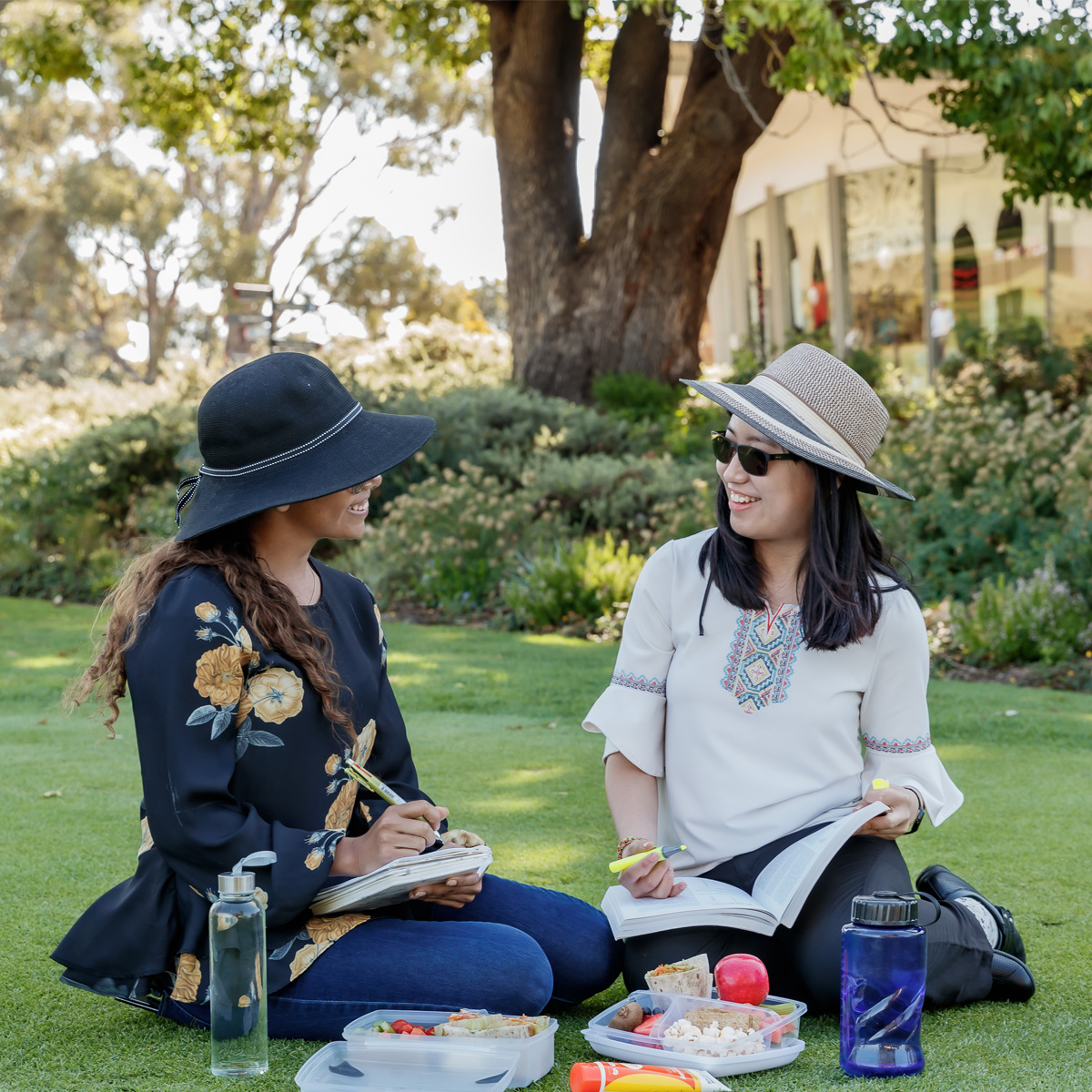The cooler months are well and truly here, but don’t let that fool you. Despite the drop in temperature, many of us could still be receiving damaging levels of solar ultraviolet radiation (UV). UV damage not only causes wrinkles and eye damage, but can lead to future skin cancers.
UV cannot be seen or felt, so it’s important we check the UV Index daily and protect our skin when needed, regardless of the weather or time of year.
Solar UV and cancer
Solar UV is invisible energy produced by the sun. It’s made up of UVA, UVB and UVC.
UVA and UVB reach the earth’s surface and cause cancer. Every time we overexpose our skin toUV, some of our skin cells are damaged and we increase our risk of developing skin cancer. Sunburn or a tan is a definite sign of skin being damaged by solar UV.
While UV is strongest in the summer, it can still burn and damage your skin year-round, depending upon these environmental factors:
- Solar elevation – when the sun is higher in the sky, there will be higher levels of solar UV. Daily UV levels peak at solar noon.
- Cloud cover – solar UV can pass through light clouds, so even on cloudy days solar UV levels may be high
- Ground surface reflectivity – highly reflective surfaces can increase levels of solar UV
- Altitude – higher the altitude, the higher solar UV
- Proximity to the equator – the closer to the equator, the higher the solar UV
The good news is that damage can be prevented by adopting solar UV-protective behaviours.
Sun protection is recommended whenever the solar UV index is 3 or above.
Think UV, not heat
Temperature is not related to solar UV strength and our skin can actually be damaged without us knowing. UV can be high even on cool and overcast days.
The UV index measures the UV strength. The higher the number, the stronger the solar UV and the more damage it can have on unprotected skin.
If you are spending extended time outside, such as working outside frequently, you should use protective clothing plus brimmed hats, sunglasses and sunscreen, even when the UV is low.
In Western Australia, areas north of Perth will reach UV levels of 3 and above every day of the year, even in winter! For Perth and south, there are only a few weeks a year when the UV Index does not exceed 3. Remember to protect yourself when the UV is 3 or above.
Protect your skin in five ways
- Slip on protective clothing. Cover as much skin as possible.
- Slop on SPF 30 or higher sunscreen. No sunscreen provides 100% protection from solar UV, so remember to use in combination with other protective measures. Follow the instructions on the pack when applying.
- Slap on a brimmed hat that provides as much shade as possible.
- Seek shade.
- Slide on sunglasses.
For more information:
- Find out some more ways you can reduce your risk of skin cancer.
- Make sun protection part of your daily routine whenever the UV index is forecast to be 3 and above. Use the SunSmart widget on the CCWA website home page, the free SunSmart app for mobile devices, Bureau of Meteorology weather forecasts or MyUV website.
- Read more about 10 myths about sun protection.
- Learn more from Why does Australia have so much skin cancer?
